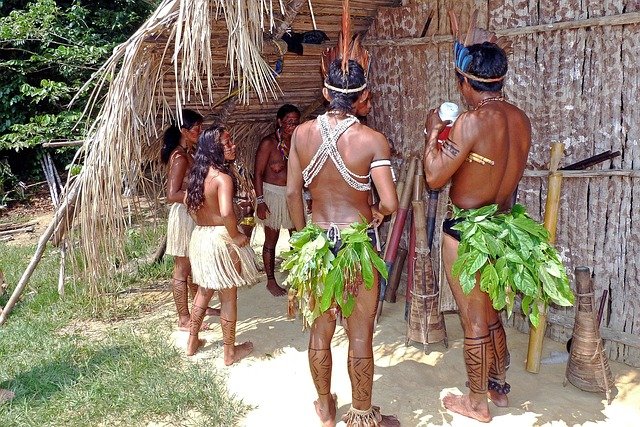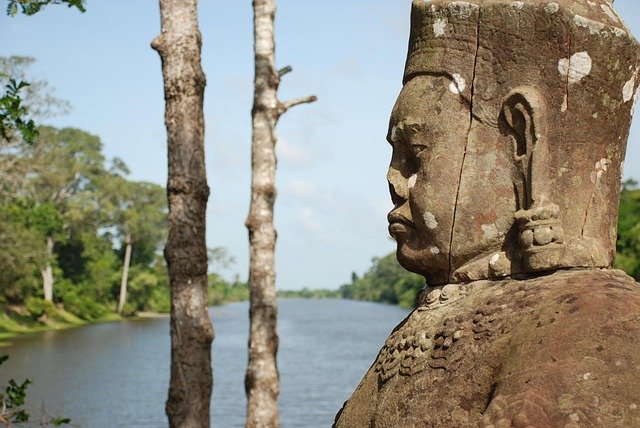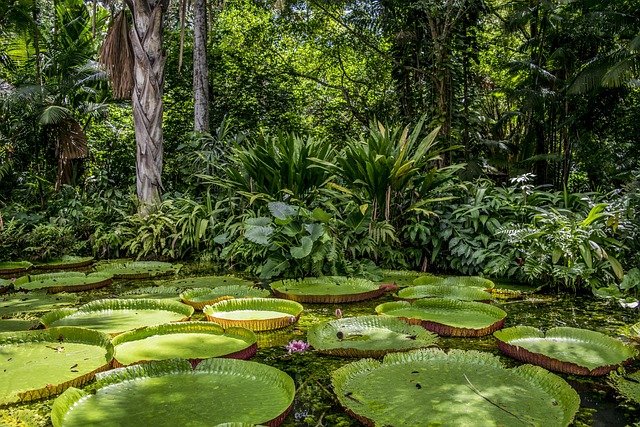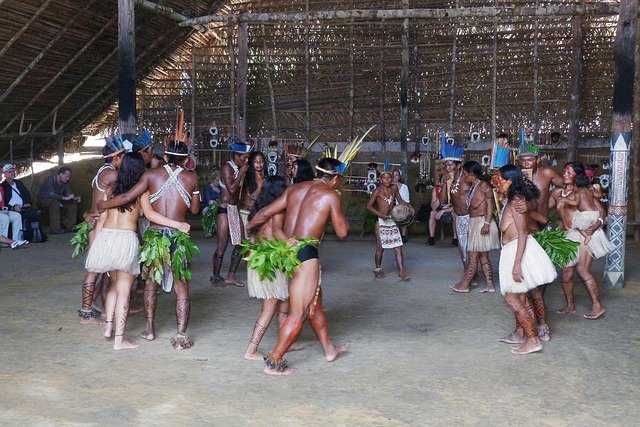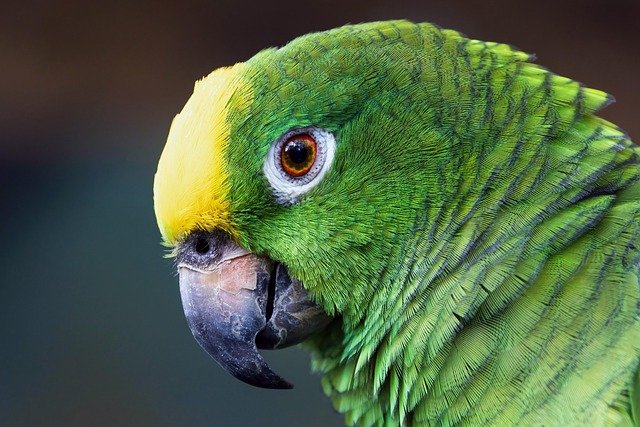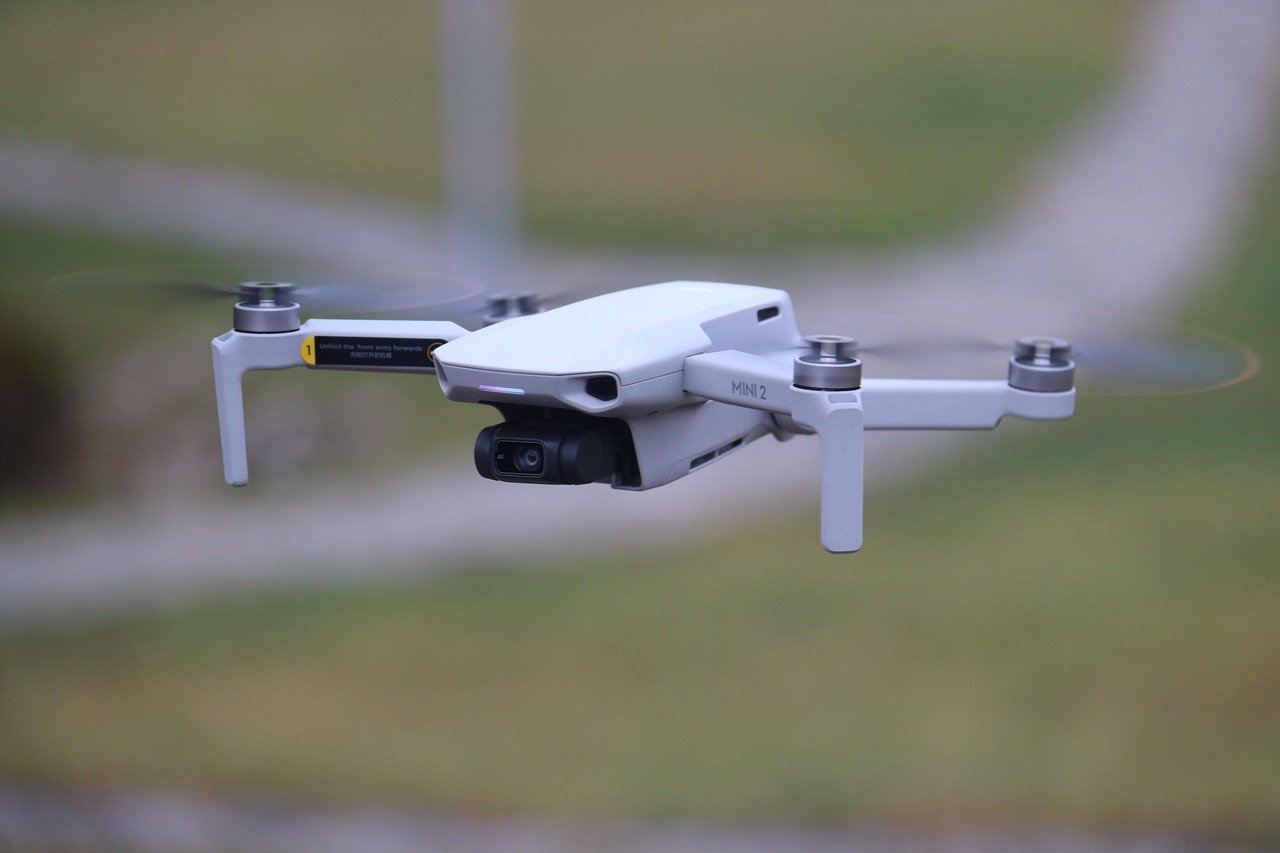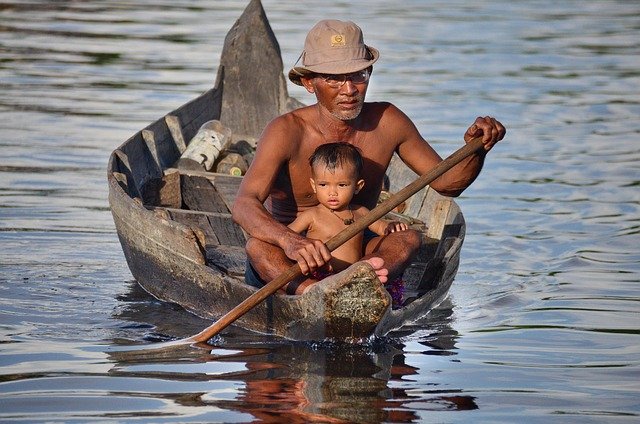
The Khmer civilization, which flourished over 1,000 years ago, is one of the greatest empires in Southeast Asian history. At its height during the Angkor period (9th–15th century), the Khmer Empire built incredible temples, developed advanced infrastructure, and created a rich cultural legacy that still influences Cambodia today.
So what was life really like for the Khmer people 1,000 years ago? Let’s explore their lifestyle, work, beliefs, and daily life.
🏯 1. The Center of Life: Angkor
The heart of Khmer civilization was Angkor, a massive city with thousands of temples, canals, and roads. The most famous temple, Angkor Wat, was not only a religious center but also a symbol of power and innovation.
- The city had a population of nearly a million people — one of the largest cities in the world at the time.
- It was surrounded by rice fields, water reservoirs (barays), and dense jungle.
🌾 2. Daily Life and Occupations
Most people were farmers, living in small wooden houses on stilts. They grew rice, vegetables, and raised animals like chickens and pigs.
Other common jobs included:
- Craftsmen (stone carvers, metalworkers, potters)
- Traders and merchants
- Soldiers in the king’s army
- Temple builders and laborers
Khmer society was very organized, with workers contributing to both agriculture and grand temple projects.
🕉️ 3. Religion and Beliefs
The Khmer Empire was deeply spiritual. Over time, their religion shifted from:
- Hinduism (worship of Vishnu, Shiva, and Brahma)
- To Buddhism (mostly Mahayana and later Theravada)
Temples were built as both religious sites and cosmic symbols. Many temples featured carvings of gods, mythical creatures, and stories from the Ramayana and Mahabharata.
🛠️ 4. Architecture and Technology
The Khmer were skilled engineers and architects:
- Built stone temples without mortar
- Designed advanced water systems for irrigation and flood control
- Used laterite, sandstone, and lava rock for construction
Angkor Wat, for example, is perfectly aligned with the sun during equinoxes — a sign of their astronomical knowledge.
👑 5. Social Classes and Royalty
The society had a clear hierarchy:
- King (Devaraja): Seen as a god-king, combining religion and political power.
- Nobles and Priests: Educated and powerful.
- Commoners: Farmers, workers, builders.
- Slaves/Servants: Often prisoners of war or those in debt.
The king ruled with divine authority, organizing large-scale temple construction and public works.
🎨 6. Art and Culture
Khmer art flourished in this period:
- Stone carvings on temples showed religious stories and daily life.
- Apsara dancers (celestial dancers) were popular and are still an important symbol today.
- Music, dance, and festivals were part of royal and religious ceremonies.
🐘 7. Transportation and Trade
- Oxcarts, elephants, and boats were used to travel and transport goods.
- The empire traded with India, China, and other Southeast Asian kingdoms, exchanging gold, spices, textiles, and more.
The lifestyle of the Khmer people 1,000 years ago was rich in culture, faith, engineering, and tradition. From building the majestic Angkor Wat to farming rice fields and celebrating religious festivals, the Khmer created a civilization that continues to amaze the world today.
Their legacy lives on in Cambodia’s temples, traditions, and proud history — a reminder of the greatness of the ancient Khmer Empire.
